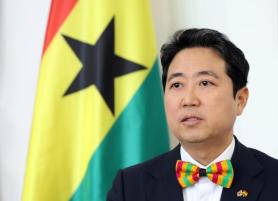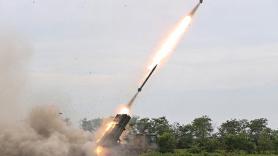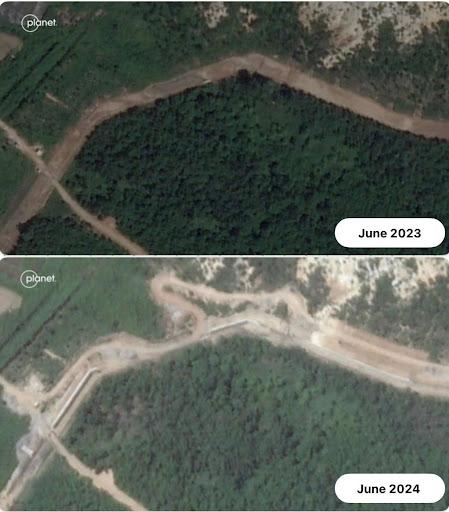
An analysis of satellite photos from American earth-imaging company Planet Labs shows newly-elected structures resembling walls along the Demilitarized Zone (DMZ), an area already heavily-fortified with landmines and high fences. Construction of these structures seemed to have started early this year, as they were not seen until at least the end of last year.
According to a news report by the BBC late last month, it is unclear when the construction began "due to a lack of previous high-resolution imagery in the area. However, these structures were not visible in an image captured in November 2023." The British broadcaster quoted Ramon Pacheco Pardo, head of European and International Studies at Kings College London, as saying "North Korea doesn't really need more barriers to prevent a strike from the South but by erecting these border barriers, the North is signaling that it doesn't seek reunification."
But it still remains uncertain what North Korea's intentions are and whether these "unusual" activities indicate a larger project to construct an extensive wall with miles of barbed wire along the border.
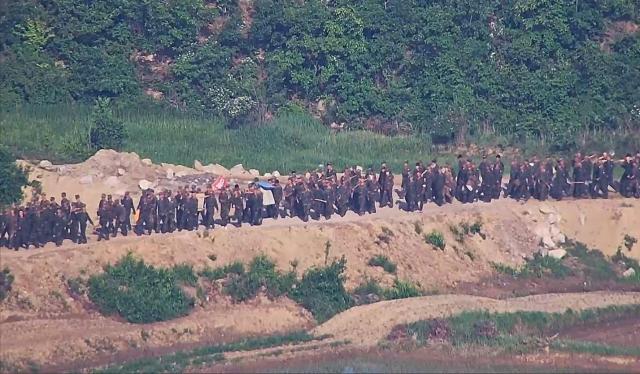
These border intrusions along with the ongoing border construction came amid heightened tensions in the Korean Peninsula, after North Korea launched a bizarre campaign of sending hundreds of trash-filled balloons into the South, prompting the South to resume propaganda broadcasts through loudspeakers across the border in a tit-for-tat action.
Tensions further escalated late last month when North Korea leader Kim Jong-un forged a military pact with his Russian counterpart Vladimir Putin after their summit in Pyongyang, raising concerns that the two isolated countries could further deepen their military cooperation as they vowed to provide mutual assistance in case of aggression against either of them.
But these developments were anticipated since December last year when North Korean leader Kim Jong-un declared in a year-end politburo meeting that reunification between the two Koreas is "impossible." It was a broad hint that North Korea no longer considers the South as its "brethren" to be united with.

Kim then abolished a couple of agencies in charge of overseeing inter-Korean cooperation such as the Committee for the Peaceful Reunification and the National Economic Cooperation Bureau. He also ordered to remove anything related to reunification between the two Koreas.
Han Ki-ho, a professor from AJOU Institute of Unification interpreted these series of moves against the South as largely "symbolic."
"Since most defectors escape through the border with China, North Korea's recent construction of walls along the DMZ would not be effective in stopping them," he said in an interview with Aju Press last week. "It's more likely part of a broader strategy to seal off its people" from the outside world while tightening internal surveillance to discourage them from harboring thoughts of defections or deter any hope for reunification.
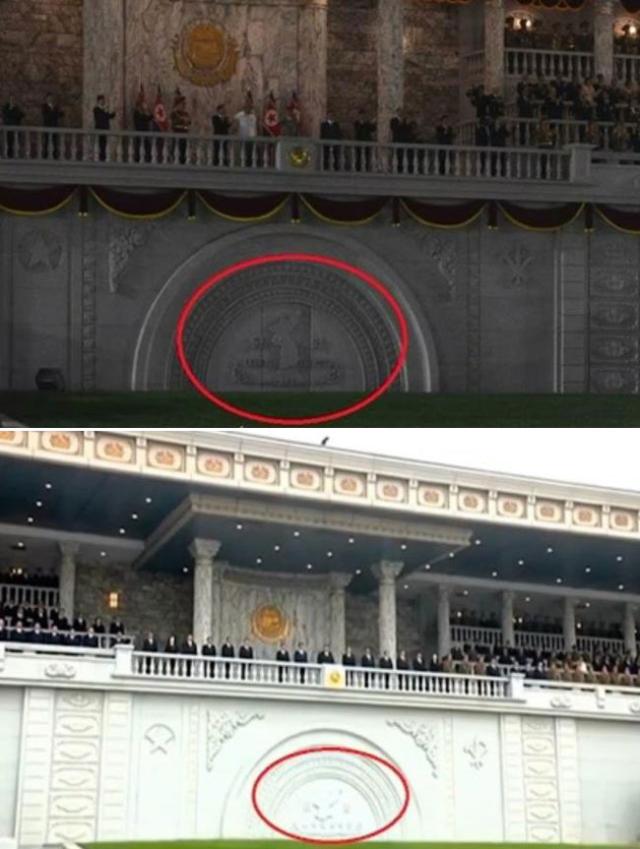
North Korea's flagship airline Air Koryo has also changed its logo in line with sweeping changes in its stance on South Korea. Its previous logo, depicting a flying crane with a wing loosely shaped like the Korean Peninsula, has now been replaced with a new insignia featuring a more tapered wing, apparently to eradicate any remnants of the Korean Peninsula.
Despite such attempts to bolster internal unity by disparaging the South and phasing out anything related to reunification between the two Koreas, while suppressing its people from the outside world amid growing instability and public dissent, the North Korean regime seems no longer able to control the influx of external information seeping into its country.
Last week, it was belatedly revealed that a high-ranking North Korean diplomat stationed in Cuba defected to South Korea last year. Additionally, there are reports of a couple of other defections by high-ranking officials pending.
Tightened border controls and crackdowns along the border and major escape routes have made defections difficult, resulting in only 196 defectors last year, a slight uptick from 67 in 2022 in the aftermath of the coronavirus pandemic but a significant drop from 1,019 in 2019. These developments have led to an increase in defections among the elite and other expatriates, who may find it easier to escape while abroad.
"It is unlikely to see mass defections like those witnessed during the North Korean famine in the 1990s," said Lee Woo-young at the University of North Korean Studies. "There are now over 30,000 North Korean defectors who have settled in South Korea, so many ordinary North Koreans would be aware that living here can also be difficult," he said, explaining the recent rise in defections among high-ranking diplomats.
Copyright ⓒ Aju Press All rights reserved.


